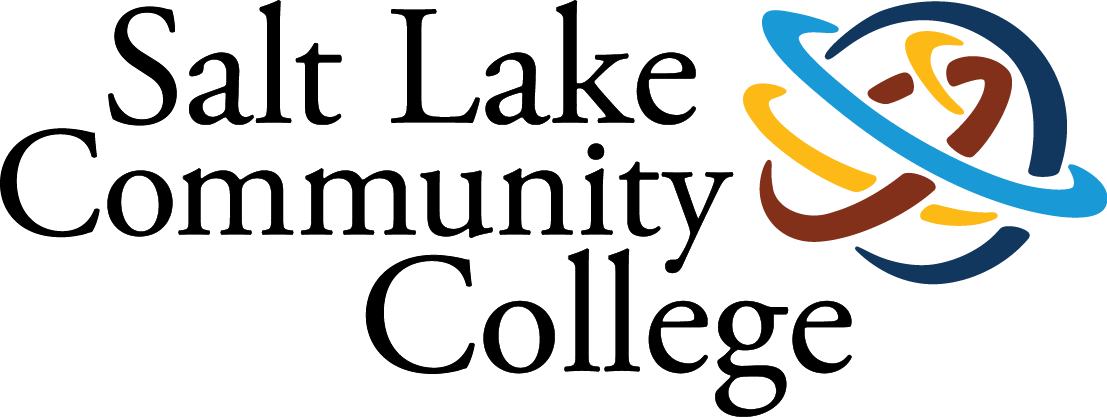3.2 Lab Protocol
Approximate Time: 3 hours
Learning Objectives
- Understand key concepts including diffusion, osmosis, osmotic pressure, osmolarity, selective permeability, tonicity, crenation, and hemolysis.
- Identify the factors that influence a substance’s permeability through a membrane.
- Distinguish between different types of membrane transport and explain when each type is utilized.
- Determine the properties of an isotonic solution for mammalian blood cells.
- Predict outcomes for hypothetical scenarios that mimic the experiments performed in lab.
- Explain the importance of osmosis and diffusion in maintaining physiological processes.
- POPS: Students will complete the “Understanding the Steps of Scientific Research” assignment individually, using the research article presented to the lab instructor last week.
Activity 1A: Tonicity
Class Demonstration
You have a demonstration that has 3 semi-permeable membrane orbies in the following solutions:
- distilled water
- 0.9% NaCl
- 2.0% NaCl
The molecules in the orbies are impermeant.
Activity 1B: Cell Membrane and Temperature
Active Learning through movement
Your lab professor will assign the following roles and explain the rules of the activity:
- cell Membrane Phospholipids
Before you take part of this activity, work with your group to hypothesize answers to the following questions:
- How do Phospholipids move?
- What happens to phospholipids movement when the temperature increases? What happens to them when the temperature decreases?
- Why is it important to maintain homeostasis of temperature?
Activity 2: Simple Diffusion
Your Lab Professor will assign the following roles and explain the rule of the activity:
- Cell Membrane Phospholipids
- Molecules that can move between phospholipids
Before you take part of this activity, work with your group to hypothesize answers to the following questions:
- What are the chemical and physical properties of molecules that can move between phospholipids in cell membranes?
- What factors can affect the speed of the molecules moving through the membrane?
Activity 3: Facilitated Diffusion
Your Lab Professor will assign the following roles and explain the rule of the activity:
- Cell Membrane Phospholipids
- Molecules that cannot move through the membrane on their own
- Channel Proteins
- Carrier Proteins
Before you take part of this activity, work with your group to hypothesize answers to the following questions:
- What are the chemical and physical properties of molecules that cannot move through the cell membranes on their own?
- How do Channel Proteins allow a substance to cross a membrane? What substances use channel proteins for transport?
- How do Carrier Proteins allow a substance to cross a membrane? What substances use channel proteins for transport?
Activity 4: Active Transport
Your Lab Professor will assign the following roles and explain the rule of the activity:
- Cell Membrane Phospholipids
- Molecules that cannot move through the membrane on their own
- Primary (Direct) Active Transporters – Carrier Proteins/Pumps
- ATP Molecules
- Secondary (Indirect) Active Transporters – Carrier Proteins/Pumps
- Na+ Cations (to power the Electrochemical Gradient)
-
-
- What are the chemical and physical properties of molecules that can be Actively Transported?
- If a substance is going to the Bulk Transported, how will it be moving relative to its gradient?
- Why can channel proteins not be used for active transport?
- Compare and Contrast Primary and Secondary Active Transport.
-
Activity 5: Bulk Transport
Your Lab Professor will assign the following roles and explain the rule of the activity:
-
- Cell Membrane Phospholipids
- Vesicle Phospholipids
- Endocytosis – molecules that cannot move through the membrane on their own: 3 types: small molecules, large molecules, and very specific molecules (such as LDLs)
- Motor Proteins: Kinesin and Dynein
Before you take part in this activity, work with your group to hypothesize answers to the following questions:
-
-
-
- What are the chemical and physical properties of molecules that can be Bulk Transported?
- If a substance is going to be Bulk Transported, how will it be moving relative to its gradient?
- Does the surface area (membrane) increase or decrease with Endocytosis?
- Compare (how they are the same) and Contrast (how they are different) Endocytosis and Exocytosis.
-
-
This Week’s POPS Project Focus:
- The first POPS assignment, “Understanding the Steps of Scientific Research”, is due at the end of lab.
- Work with your group this week to start completing the “POPS Project Schedule Assignment”, which is due at the end of lab next week.

